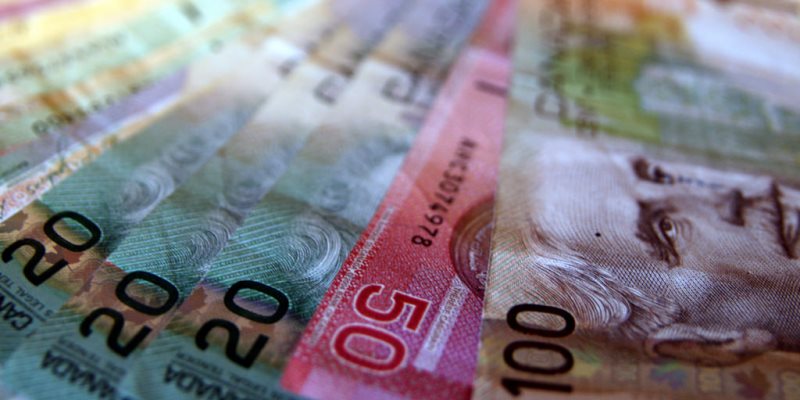“STiK” is Ottawa’s acronym for “social transfer in kind."

How can we be sticking it to the middle class when just about every announcement from the current federal government, whatever the subject, begins with a depressingly Orwellian proclamation about how the government is exclusively dedicated to helping “the middle class and those working hard to join it”? It’s a question of spelling. We’re not actually “sticking” it to the middle class; we’re “STiKing” it to them.
“STiK” is Ottawa’s acronym for “social transfer in kind” and what leads me to conclude social transfers in kind are going to the middle class is a recent Statistics Canada release, “Household actual final consumption,” that shows essentially that. Encouraged by the OECD—which also encouraged the anti-corruption rules that have so ensnared Ottawa and SNC-Lavalin—Statistics Canada has been working to include in-kind transfers in its statistics on personal income and consumption. That’s hard to do—what’s the value of a subsidized university education, say, or a free measles inoculation?—but if you’re interested in poverty or inequality, you really do want to know the full range of resources available to Canadians in different strata of the income distribution.
StatsCan doesn’t actually say very much about exactly how it allocates different in-kind transfers to various groups. The usual practice is to try to find breakdowns, for example, of how much health care goes to older folk and then to look into which income brackets older folk are in. There are lots of tricky questions: Who benefits from free elementary education, for instance, kids or their parents? We, especially those of us in the academic sector, argue there are “external” benefits from education, but this STiK-handling exercise doesn’t try to estimate or allocate those (which is fine: that they are “external” means there may not be a market for them and that makes their value almost impossible to calculate).
Anyway, given that the STiK data are going to mumble, what do they seem to be trying to say? I played around with StatsCan’s interactive table 36-10-0587-01 and learned the following:
- STiK is big: $315 billion in 2018, with $101 billion being delivered via education, $154 billion via health, and $60 billion via “other.” STiK’s share of “adjusted household disposable income” (AHDI) is 20.5 per cent, almost exactly one-fifth, which is clearly important.
- STiK is especially important at the bottom end of the income distribution. The bottom 20 per cent of income-earners receive STiK worth almost $61 billion. That’s almost 46 per cent of their AHDI. By contrast, people in the top fifth of the distribution receive almost $58 billion in STiK, almost the same. But that’s only 10.4 per cent of their AHDI, thus illustrating the general rule that equal per capita grants are net-redistributive.
- Total STiK is pretty evenly divided across income groups, which is not all that surprising given Canada’s generally universal social programs. Thus total STiK by quintile, from lowest quintile to highest, is: $61 billion, $68.4 billion, $65.1 billion, $63.1 billion and $57.8 billion. That’s the inspiration for: “How Canada STiKs it to the middle class.” The middle three quintiles each receives more STiK than the lowest or highest quintiles. You might think that’s unfair—that more money should go to the lowest quintile—but as we’ve seen, if we’re talking social services, which quintile gets what will depend on how many kids and older folk are in it.
- STiK isn’t the only redistributive show in town. Another line in the table, “Current transfers received,” also shows, perhaps surprisingly, that cash transfers are relatively evenly distributed across quintiles. Again, if you run universal transfer programs such as public pension plans and employment insurance, that shouldn’t surprise you too much. In this case, the distribution, from lowest quintile to highest, is $54.9 billion, $70 billion, $68.5 billion, $68.5 billion and $67.3 billion. As before, the middle three quintiles get most—with the second lowest quintile being the big winner, as was also the case for STiK.
- Who pays for these cash transfers is key to their net redistributive impact. Here the numbers are dramatically skewed. The top fifth of the income distribution pays more than 10 times the transfers the bottom quintile does. Again, from lowest quintile to highest the total paid is: $23.4 billion, $46 billion, $86.2 billion, $140.6 billion and $263.4 billion. In percentage terms, the lowest 20 per cent of the income distribution pays four per cent of all transfers paid; the second lowest, eight per cent; the middle quintile, 15 per cent; the second quintile from the top, 25 per cent, and the top quintile, 47 per cent.
Dozens of assumptions have to be made to generate these STiK numbers. Each and every one could be and should be questioned and debated. But STiK is important to any rational discussion of poverty, inequality and many other things, so it’s good StatsCan has started publishing it.
Author:
Subscribe to the Fraser Institute
Get the latest news from the Fraser Institute on the latest research studies, news and events.

